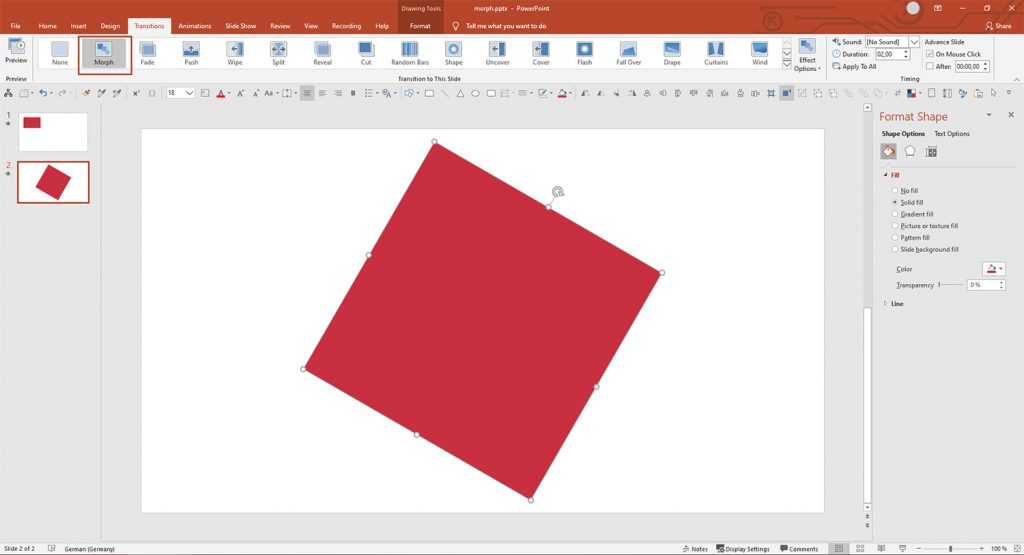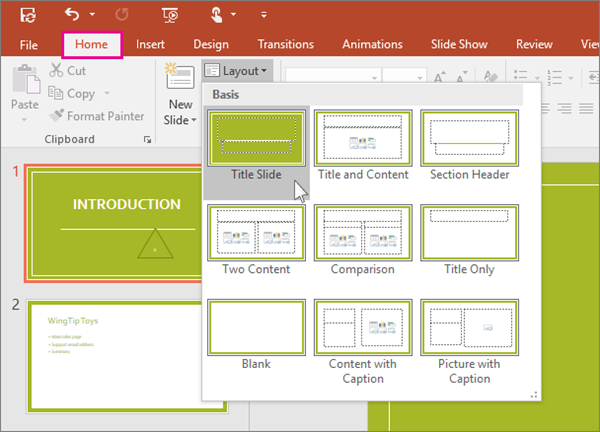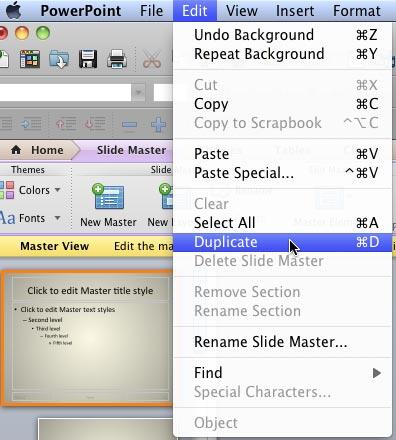
The next row of buttons are the most common Paragraph format options: Justification, Line Spacing, Spacing (before and after paragraphs in points), and Paragraph Indents. Common Character attributes (bold, italic, and underline) are the buttons between the Size and Color fields.

In the box that says Automatic (color options), choose a dark blue for your font color. Choose 11 point from the Font Size drop-down list. In the Font section under Formatting, select a large serif font like Bookman Old Style. Later, when you add your own custom body text style (such as BodyText), you can modify this field and re-save. For Style Type, select Paragraph from the drop-down list in Style Based On, select No Style from the drop-down list and in the Style for Following Paragraph, select Normal. In the Name field, enter the style name BoxText. In the Styles Panel, select the New Style button on the bottom left (mouse roll-over displays the button description), and the Create New Style from Formatting screen appears.
:max_bytes(150000):strip_icc()/using-the-slide-master-powerpoint-R6-5c26347f46e0fb000148b92a.jpg)
Or you can clear these styles and start fresh, then re-save your custom Style Sheet with a new name.įor this example, we’ll just add new styles to the existing Normal Style Sheet, then re-save it as the “Corp Report” Style Sheet. You can add new styles to this Style Sheet or modify the existing styles and save them under a different name. The default Normal Style Sheet panel drops down and displays a list of all the paragraph, character, link, table, and list styles in that Style Sheet. On the Home tab, click the expansion arrow in the lower right-hand corner of the Styles menu. Using the Styles panel in Word JD Sartain / IDG Worldwide The only real differences (aside from the aesthetics) are the location of these features on the menus, the addition of many new templates and themes that use Style Sheets, and some new options that make this feature more proficient and accessible. Veterans will recognize most of the commands, and novices should catch on quickly, especially in the user-friendly Word 2016. In Word 2016, the process for creating styles and Style Sheets is similar to the processes in Word 20. Style Sheets also work in PowerPoint, and we’ll show you those as well. Once you get the hang of Style Sheets, formatting text one paragraph or section at a time will feel as primitive as Sumerians writing cuneiform on wet-clay tablets.

It’s a great way to create consistency for monthly reports or other routine pieces of content. Make any additional modifications to the new slide layout.Who knew Microsoft Word could give you a power rush? That’s what you feel when you create a one-click, customized Style Sheet that automatically applies font, paragraph, layout, and other settings to any document. On the Insert menu, click Duplicate Layout. Slide layouts are below the slide master, which is the top slide in the navigation pane. In the navigation pane, click the slide layout that you want to change. On the View menu, point to Master, and then click Slide Master. For example, you can create the first layout with your company logo in the left corner and a text placeholder, and then duplicate that custom layout and change the placeholder to a table.
#SELECT DIFFERENT SLIDE MASTER POWERPOINT FOR MAC 2011 SERIES#
You can use custom layouts to create a series of layouts that have the same look but have different content. If you want to keep the changes for future use, on the Themes tab, under Themes, click Save Theme.ĭuplicate a slide layout in the slide master If you apply a different theme, then the slide master changes are discarded. Tip: Modifications to the slide master and the corresponding slide layouts are temporarily added to the theme that is applied to your presentation. Your new theme will contain your newly revised slide layout and will be available in Themes gallery. Your revised slide layout will be available to insert as a new slide anywhere in your presentation.Ĭlick the down arrow under that appears under the themes panel.Ĭlick Save Current Theme, give the theme a name, and click Save. You can add, remove, or resize placeholders, and you can use the Home tab to make changes to fonts, colors, and other design elements.Ĭlick Insert Layout to add a new slide and format it.Ĭlick Close Master to stop editing layouts. The slide layouts appear as thumbnails in the left pane below the slide master.Ĭlick the layout you want and customize it. Pick a layout that best suits the content of your slide.

In Normal view, on the Home tab, click Layout.


 0 kommentar(er)
0 kommentar(er)
